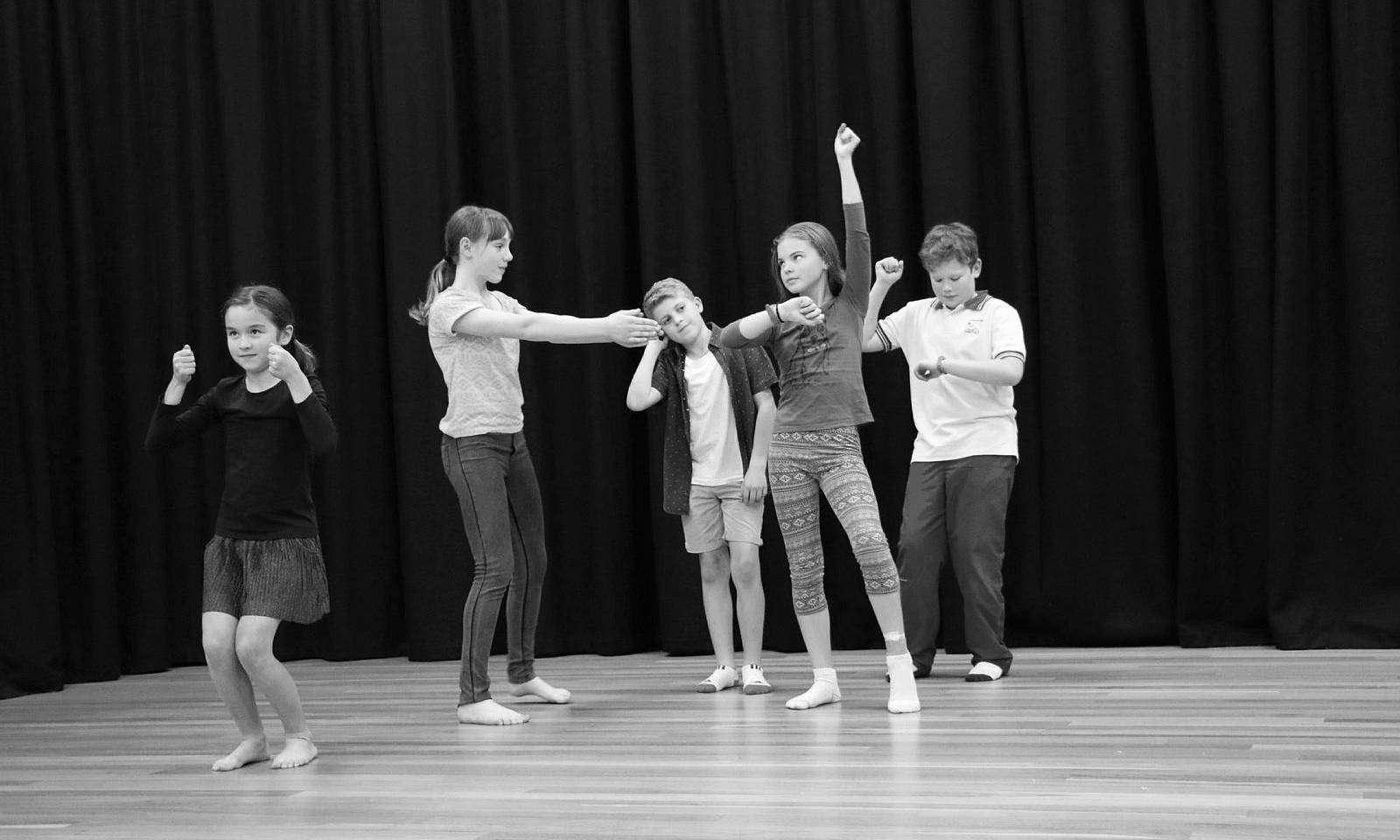Gross Pollutant Traps - helping keep our waterways clean
Council’s gross pollutant traps (GPTs) collect litter from the stormwater system. The traps are the last chance to catch litter before it ends up in our waterways and does nasty things to our water quality and our wildlife.
Council has 37 GPTs and our catchment team has started a new project to determine what is causing the litter in the upstream catchment. Results will help them identify sources of pollution and measures to help clean our waterways.
The new project to identify litter
Samples of litter are collected from the GPTs and they are dried in a new lab area at Council’s Rydalmere Operations Centre. The dried material is sorted it into categories such as organics, plastics, metals, and then each component is weighed to work out the percentage each category contributes to the pollution problem.
For example, if 10% of litter analysed was found to be from a well-known fast-food place, this would allow Council to work more closely with that business to help reduce litter.
Based on results, Council hopes to take action such as putting in more bins, or conducting an education campaign in the area, or taking other actions to try to reduce the amount of litter getting into our waterways.
What has been found?
So far, the team has looked at two (2) of our 37 GPTs, and there has been nothing especially interesting, but the project has only just started. The team has found leaves, tennis balls, plastic wrapping, plastic bottles and sediment.
However, previous work on GPT’s has found things like tyres, syringes and balls. Anything that can get washed into the stormwater system will get caught in the GPT.
Gross facts…
- On average, Council collects 104 tonnes of litter per year from its 37 Gross Pollutant Traps (GPTs) - yes, super gross, but it’s better than it getting into our creeks and rivers.
- From findings so far, the most common piece of litter seems to be leaves, and a lot of plastics such as plastic bottles, which float.
- As we analyse more and more GPTs we will build up a better understanding of what is trapped where and look for solutions to reduce litter.


